Whisky clubs aren’t a new thing. They have been around literally as long as whisky itself. Starting with friends sharing drams near a log fire next to an illicit still in The Highlands of Scotland hundreds of years ago (1.0), moving on to pubs and whisky bars in more modern times (2.0).
Sharing bottles and stories with old friends (and new friends too) is an integral part of “whisky culture” as I’m sure most of you would agree. Sharing bottles has led onto sharing casks (3.0), with many Whisky Clubs all over the world sharing the costs of casks and literally being independent bottlers, selling on any excess bottles to help fund future cask purchases.
Even global lock downs couldn’t stop whisky culture, as so many people started to share bottles through postal services and keeping the face to face engagement using video calls (4.0). Some brands even turning Zoom based tastings into a brand new revenue stream.
With the mashup of whisky and modern, technology driven life firmly established – what happens next? What is the next step in the evolution of Whisky Clubs? What might a Whisky Club 5.0 look like?
The obvious answer is of course starting a whisky distillery. Many have done it already and many more will start up too. But they all face the same barriers within an industry dominated by massive multi-nationals such as Diageo, Pernod Ricard, Beam Suntory, Brown Foreman and the like. Size and scale.

But what if…….a whisky club went large on their distillery? What if they knew that economies of scale would be absolutely critical to being competitive? What if they went all in with a 7.5 million LPA behemoth? 17.8 million bottles of 60% ABV in 700ml bottles?
Classic distilling with a modern touch – meet Jay Robertson, CEO and Founder
We recently had the opportunity to talk with Jay Robertson, a founder and the CEO at Nine Rivers Distillery in China. With fast approaching two decades of experience in the alcohols industry in China, from import and distribution, through to online retail, Jay created an online community of whisky lovers across China, that became the foundation of Nine Rivers Distillery.

Nine Rivers is a multi-category distillery located in the mountains of Longyan, an area of outstanding natural beauty and just 90 minutes north of Xiamen.
The site is surrounded by ancient forests, a paradise for nature lovers and hikers as well as natural mountain springs that filter water over millennia through the natural igneous and sedimental rock formations. This highly fertile land with pristine water has supported human settlements and agriculture for thousands of years.
They build onto this legacy of purity and combine some modern touches to bring distilling into the 21st century. Crafting vodka, gin, rum, and whiskies to quality standards above and beyond those defined by industry leaders.
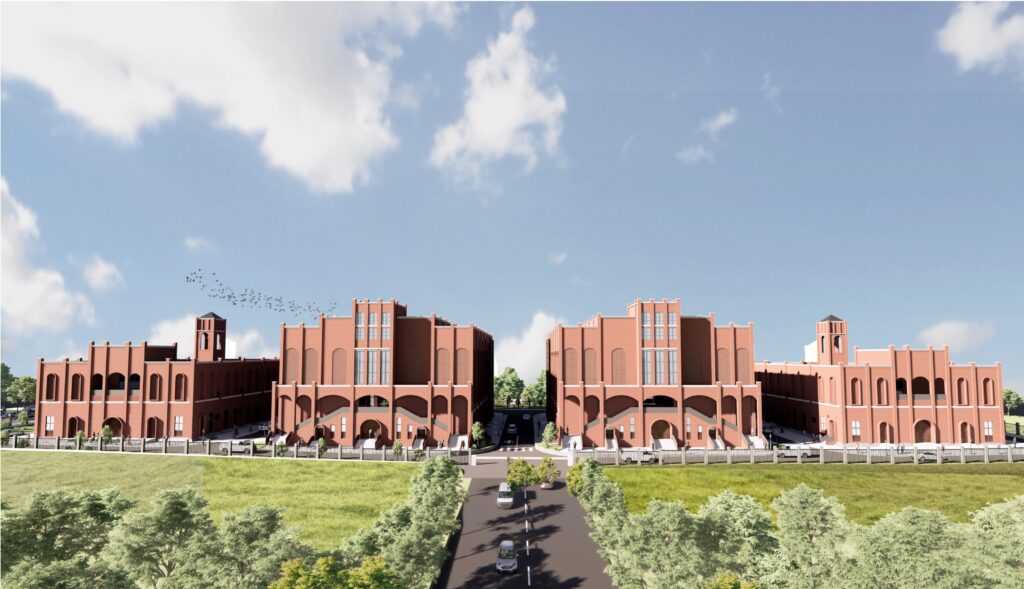
Despite being a startup project, Nine Rivers Distillery has an extremely ambitious plan to build a 7.5 million LPA facility making it more than 7 times bigger than the much talked about Pernod Ricard project in Sichuan province and over 3 times bigger than Diageo’s project in Yunnan province. In fact, if Nine Rivers Distillery was being built in Scotland, it would be ranked high in the top 10 for single malt whisky – vastly bigger than some of the huge household names that we’re all familiar with.
Our First Question – WHY?! Why what was the starting point of Nine Rivers Distillery? What was the catalyst? Why would you all not only want to build a whisky distillery – but build one at such a massive scale?
A moment of whisky fuelled madness was the starting point, as it no doubt is with every modern whisky distillery!
The end of night chat after a few drams. What would we do to make a better whisky. What would we do to bring back some qualities that we missed from whiskies that were (in our opinion) “different” a decade or two before. Why wasn’t China on the global whisky map? Why it seemed so logical to us that China should be on the world whisky map AND (as with so many other industries that China has taken up over the last few decades) becoming a world leader.
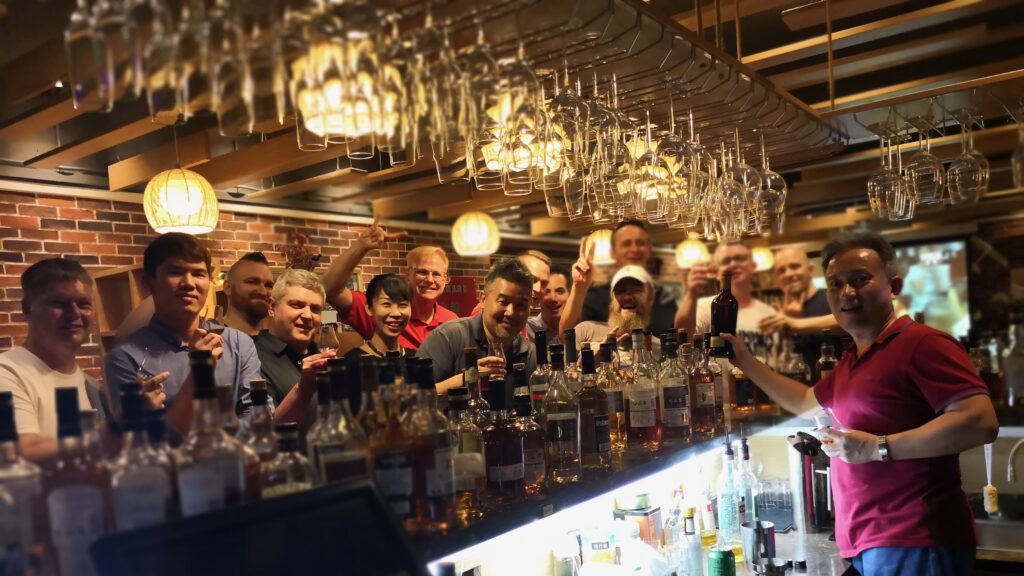
Eventually a few of us decided to explore what it would take to turn talking into doing. A few hundred hours of research later we had something that resembled a concept on a few slides, which we presented at one of the whisky nights and asked for anyone interested to throw in some coins so we could setup a company and start the journey. Some of us threw in our perceived annual spend on whisky – hence one of our slogans “Dramfunded”.
There were literally hundreds of decisions made between then and where we are now (way too many to bore your readers with) but the key things were that we wanted to put quality first, make the very best whisky we could possibly make and give real value to whisky lovers by keeping everything at reasonable and affordable prices – this just isn’t possible without scale.
The production cost per bottle isn’t just about grains, yeast and casks. In fact, one of the most significant costs that really does affect small scale distilleries, is the cost of energy. The energy costs per bottle for small batches (1000 litres or less) is disproportionality more expensive than when working with larger batch sizes (10,000 litres of more). Not to mention the associated increase in carbon footprint. So our choices around a large scale production process has two huge benefits to what we wanted to do and how we wanted to do it.
Launching a whisky distillery much be challenging both in terms of time and cost investment. Tell me about the beginning of the idea and obstacles that you faced in getting started.
The entire history of the project traces its roots back to a series of whisky themed networking events across multiple cities in China. An opportunity for whisky lovers to meet up once a month, share a few drams, network with other whisky lovers and discuss their favourite whiskies.
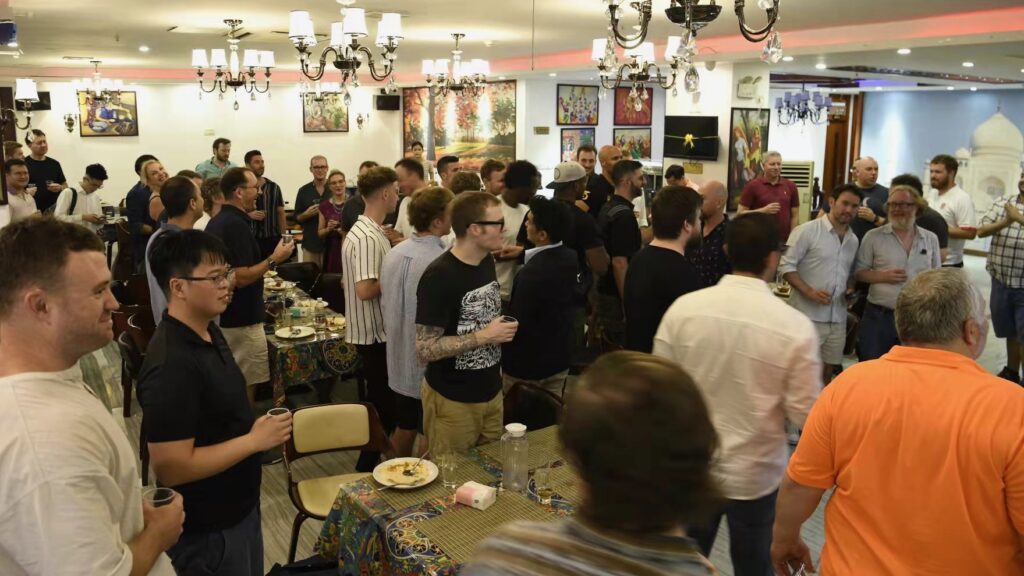
Shenzhen Whisky Networking was the first, which quickly became a catalyst and template for similar events across China, all connected through a number of WeChat (China’s alternative to WhatsApp) groups and of course a passion for whisky and whiskey.
Initial obstacles were all connected to the facts that:
In China, a distillery is classed as a “Type-A” facility (the same building type as oil refineries and chemical plants!). This means that there are fire and health risks within the facility, therefore, the standards for fire suppression, environmental impact and the use of and management of common utilities (water, electricity, gas etc) are significantly higher than other building types. Surprisingly, despite general perception in the west, these standards are many times more extreme than most countries in the west.
Type A facilities typically can’t be rented. So land must be bought (in China, a 50 year lease is classed as “land ownership”) and then one would have to design, architect and build bespoke building or buildings to house the distillery and supporting buildings.
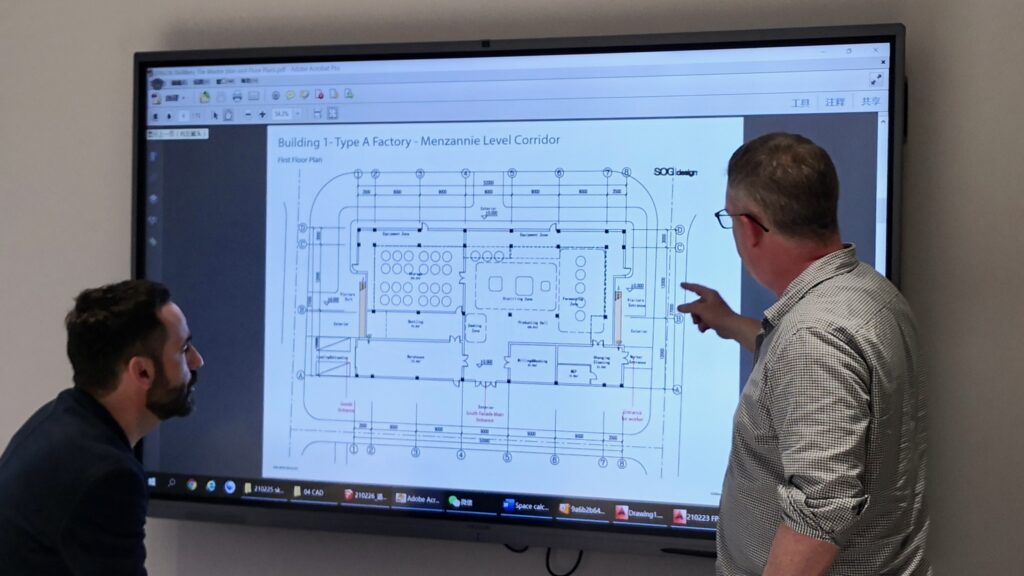
Here in China, buying land isn’t just a case of turning up with a chequebook! Despite the size of China, there is a massive shortage of land (a lot of the land in China is mountainous or is classed as an area of outstanding natural beauty – so it can’t be built on) and so securing a 50 year land lease is a VERY difficult process. In fact, for the first year, every provincial government we spoke with simply told us that if we were not a Fortune 500 company, we would probably be unsuccessful in any land application.
Eventually, it was the support of Dr. Harley Seyedin, the President of AMCHAM South China and his impeccable reputation here in China, that opened the doors for us to engage at a serious level with provincial governments.
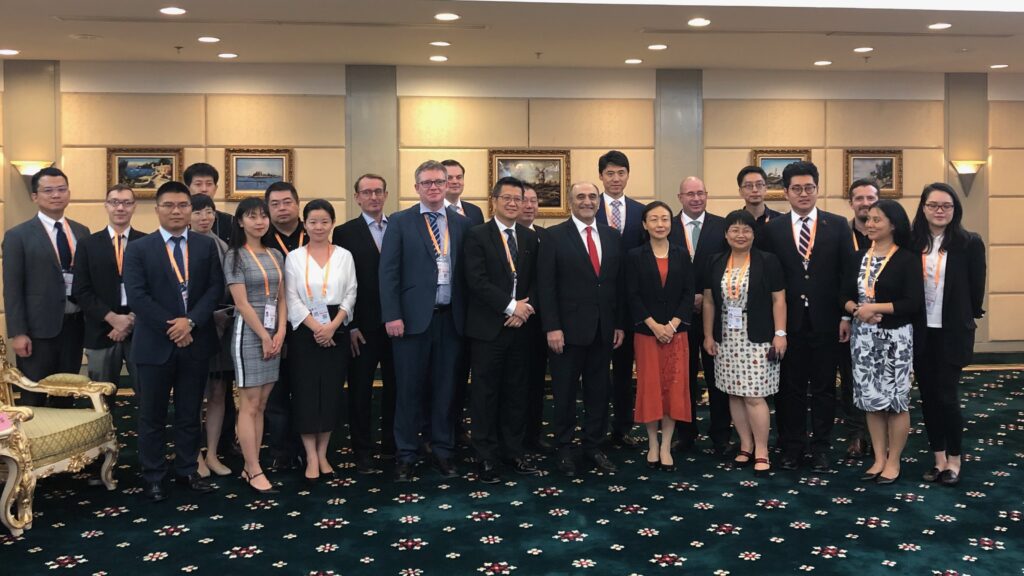
Due to the amount of success that Dr. Harley has had with all of the US led investment he has brought to China, we were finally taken seriously. We had 20 provincial governments contact us just two days after Dr. Harley decided that our project was something that had synergies with his visions or creating cultural bridges through business.
Tell me about the roles your team has played in shaping the distillery.
The team as a whole is now more than 200 people. Each one with their own skills and experiences to bring to the project. It was never just about people investing. It was always about people sharing their time, energy, their skills and their experiences with the broader collective.
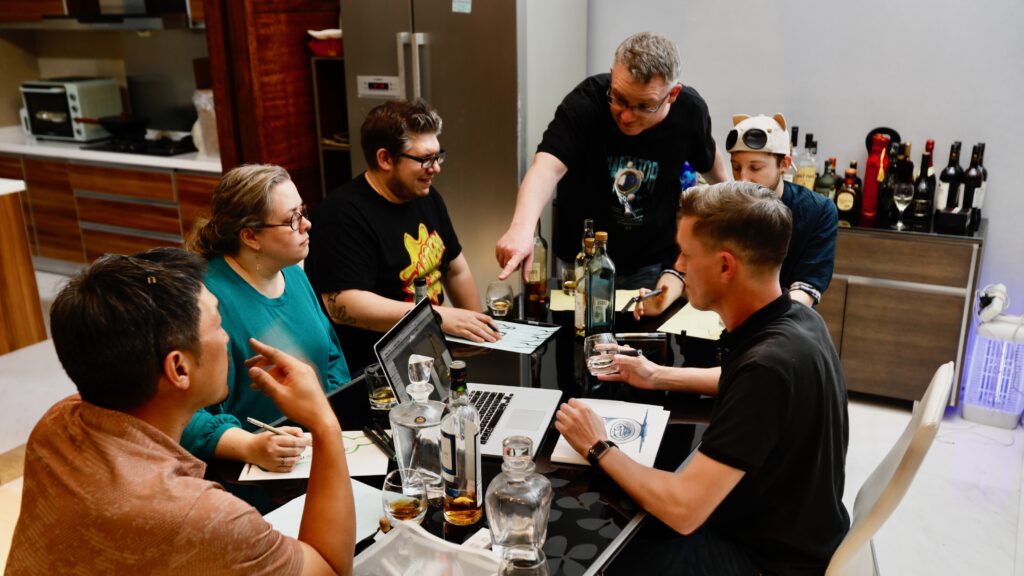
Typically, everything we have done will have its own dedicated team. Starting with the early days of the project when we started with just the website team, then the social media team, then the content team, each one being made up of people from the larger pool of investors.
Some people are involved in one team, many people are involved in multiple teams and every success has led to us having the confidence to take on bigger challenges within the project. Designing our first glass bottles and the packaging for our first 6 bottlings, led on to many people from that team jumping in and being part of the interior design and layout of our distillery. Some of the team from the distillery layout then went on to be instrumental in developing intellectual property, the most recent of which is a patents about making barrels in our cooperage.

Generally, most of the people involved in the project have embraced an opportunity to get involved in things that they wouldn’t normally have any connection or access to. Being able to step out of your normal comfort zone and dip your toes in something completely at a tangent to your perceived skillset, is a really fulfilling experience. Especially when it’s with a bunch of other people that share a common goal in a project such as ours.
As for going forward. We see an immense value in everyone playing their part in helping shape and craft unique styles of whisky because, lets be fair here, what we have is a really rich and diverse panel of whisky lovers, in house, as our own tasting panel!
China is generally regarded as the world’s largest market for alcohol in general. Has this been an influence in your decision to launch this massive project?
There’s no denying that China is the world’s largest consumer market generally across most sectors. One of those being of course beer. But it’s far from the world’s largest market for whisky. That would be India (without wishing to go down the whole “is it really whisky if its made from molasses” rabbit hole).
While China does have a huge market for alcohol in general, the dominant spirit in China is baijiu. More than 90% of the hard liquor consumed in China is baijiu. It’s a drink interwoven deeply in Chinese culture with many of the top alcohol producers in the world being baijiu producers.
A lot of people assume that whisky is a new thing to China. It’s actually not. Whisky has been made here for over 100 years with the first whisky producers actually being a German company based in Qingdao (sometimes spelled as Tsingtao – the home of the popular Chinese beer) and literally hundreds of whisky producers have come and gone since then.
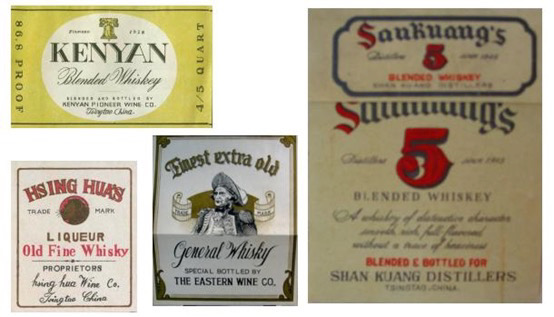
Whisky (and other western style alcohols) still only make up a single digit percentage point of all the hard liquor consumed in China. But, we think that has every opportunity to change. That’s not just our opinion. Some of the big whisky players in the world also have that opinion, hence the big bets on building distilleries right here in China.
Of course the potential size of the local market is very attractive to any whisky distillery. Yes, we are passionate about whisky, but we also hope that there will be a point where the project is a commercial success too!
What is your target market in China and how do you plan to get your whiskies into the hands of your target consumer?
Our ideal customer is someone that enjoys whisky and conversations about whisky. Whether they are new to whisky or a seasoned and experienced drinker, we intend to target consumers who are interested in breaking conventional habits because they are bored of mainstream, generic, easy drinking brands.
Our route to market is by embracing our origin (whisky networking events across China) and interacting directly with whisky enthusiasts at a grass roots level.
Are Chinese consumers and whisky enthusiasts ready and willing to consume a local whisky? Can a local whisky be recognised or accepted when whiskies from Scotland, Ireland, and Japan are very strong both in China and globally?
That’s a really interesting question to think about. China obviously has very passionate and patriotic people, but they also believe that some things are just better if they come from the west. Whisky of course being one of them.
There are two things that will help to change that perspective (as it has done in many other industries, where Chinese people now know that the very best of some products are actually right here on their doorstep) quality and awareness.
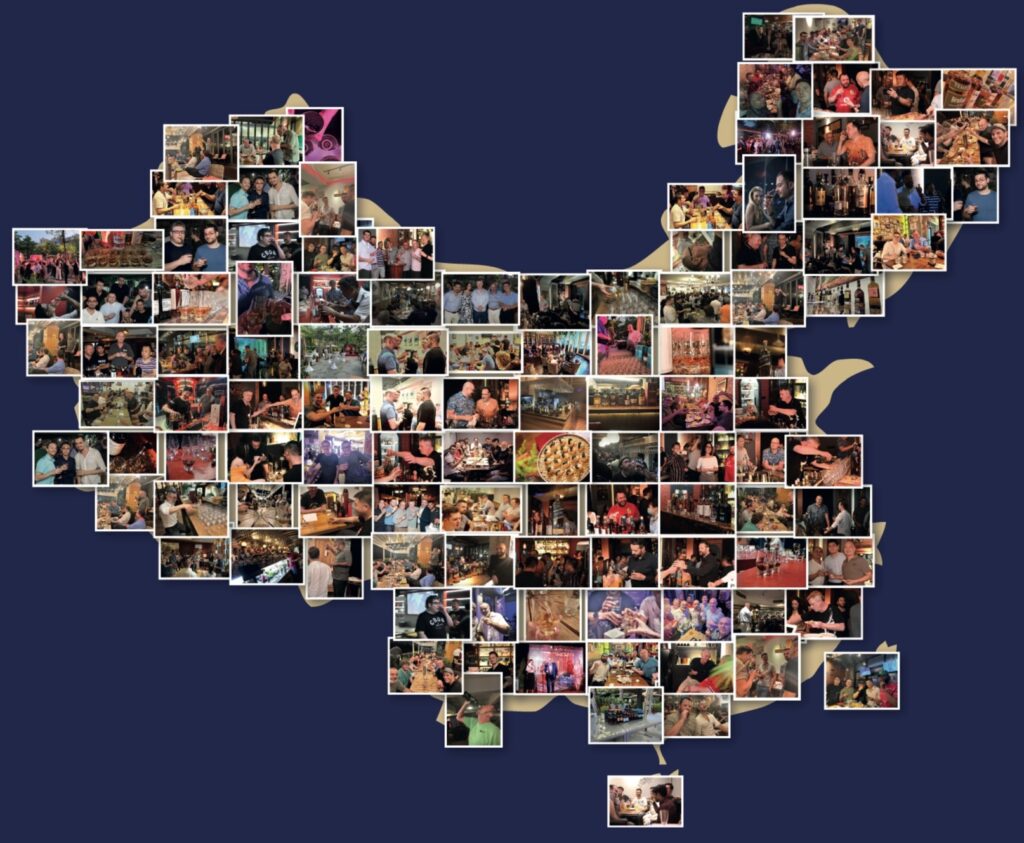
Quality of course underpins everything. No one, anywhere in the world, will get behind a product if it’s inferior to products from other countries. So that’s where we really need to go the extra mile and ensure that we are not just matching whiskies from other countries in terms of quality – but we’re taking it to the next level.
Awareness is equally critical. There are many amazing whisky producers in the world that are bottling some amazing whiskies – but almost no one knows about them. This is where our model has some really unique advantages.
China is an influencer led culture. It always has been. Worth of mouth marketing has been around for thousands of years. Chinese people will almost always ask advice and opinions in every aspect of their life. Where is the best doctor, lawyer, dentist or hospital? What’s the best school or college? Where is the best restaurant to eat a particular style of food? What is the best wine or liquor to buy and where can I buy it? They will seek the advice and opinions of their peers, friends or senior relatives before they will trust traditional advertising or marketing.

Everyone involved in our project as a micro-investor creates awareness of our project through their own social and professional network, and this cascades throughout their second and third tier networks with little or no effort. Building awareness of our projcet and eventually our whiskies in this way not only costs us little or nothing (compared to the massive costs of traditional advertising and marketing) but it also has more credibility within a culture that naturally trusts their peers before billboards and advertisements.
Combine this with our presence on the major social media platforms, our almost daily updates through short 90-120 second videos, and our open and approachable manner (including open days on our construction site) and we think we’re well on our way to building the awareness that we need.
What makes Nine Rivers Distillery different to all the other whisky distilleries either in planning, construction or already producing whisky in China?
Can I say everything? Simply because we think it really is literally everything about us that is different.
Starting with the basics, where we pretty much pulled the entire whisky production lifecycle apart into logical chunks, so we could identify where we think improvements could and should be made in order to craft amazing whisky.
Where so many producers have almost ripped the soul out of whisky by shaving costs to the bone, we are approaching the craft from the mindset where costs almost become irrelevant – it’s the best of everything or nothing at all.
From grain quality (where the big producers want high alcohol yields over everything – we want flavours and aromas) through to yeast (again, the big producers want as much alcohol as quickly as possible with 50-80 hour fermentations, we will happily let fermentation take its natural course with slower acting, flavoursome yeasts) and then of course the casks.
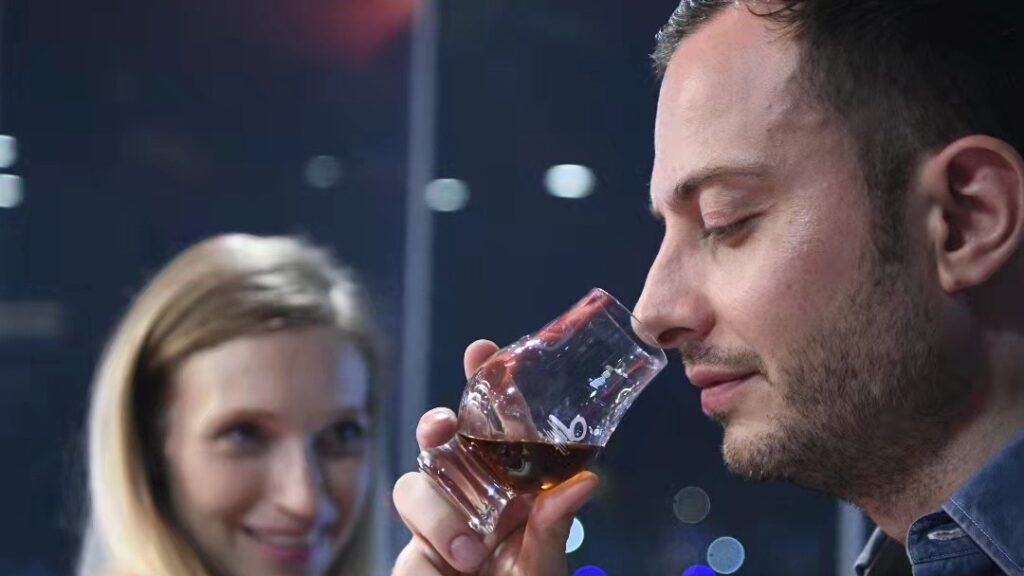
Most casks used in maturing whisky have had previous uses (bourbon of course being an exception). Often multiple previous uses. Third fill and even fourth fill casks are very common and can be masked with a quick and easy STR (shave, toast and re-char) or a seasoning with beers and wines.
With the cask being responsible for up to 60% of the final aromas and flavours in whisky, this is something we knew we needed to take very seriously. So we decided that we’d also build our own cooperage right here in China, make our own barrels and have complete control over the quality of the wood and the barrels that we use to craft our whisky.
As with many aspects of whisky production, we ended up designing our own processes and procedures around crafting barrels. In fact, we have patents pending around cask production that we think we pretty much turn coopering as an industry, upside down.
Our cooperage project is being led by Stuart MacPherson, former Master of Wood at Macallan, with 43 years of experience in wood management and coopering.
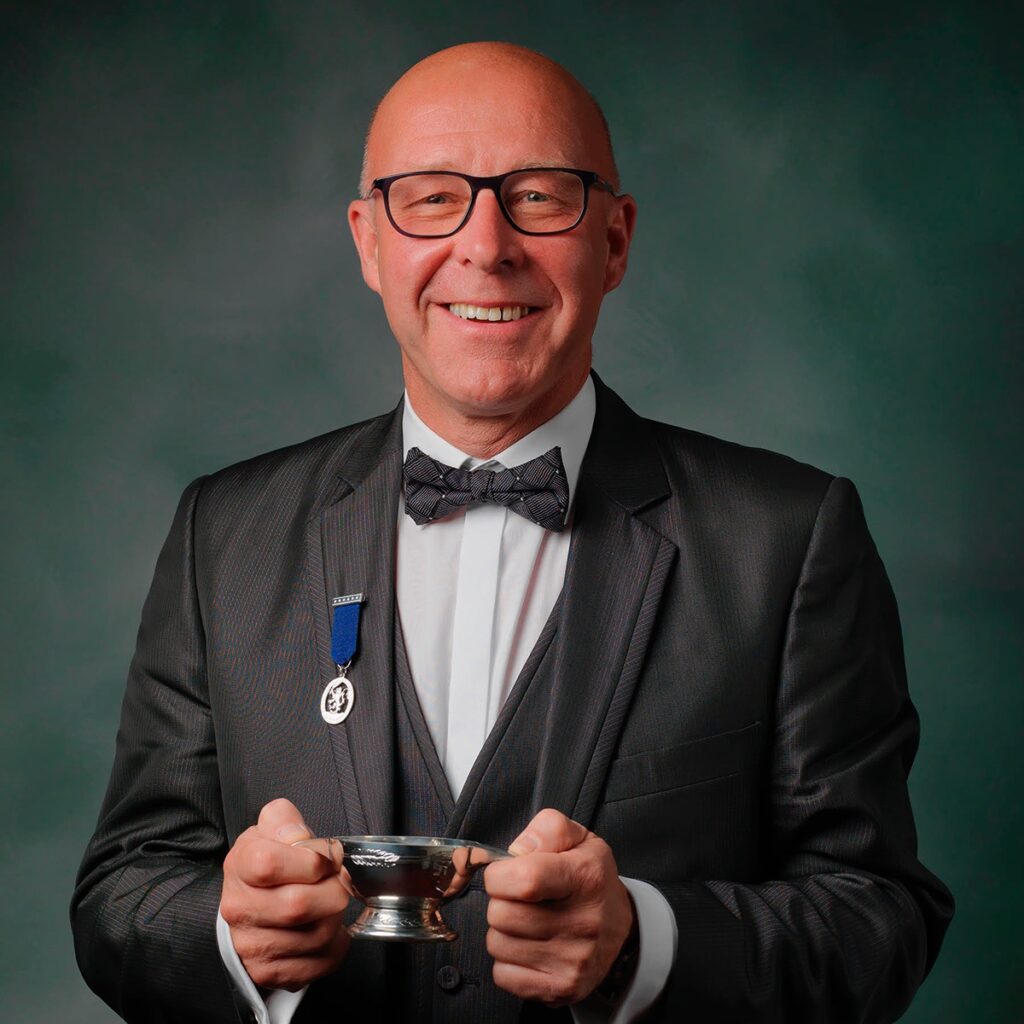
What is the most important trait for you as a professional working in the whisky industry?
Being able to abstain from drinking!
No doubt the need to drink every night and drink harder on event days, is strong with most people working in the alcohol industry in general. This is compounded by the fact that at events such as tastings, everyone literally expects the whisky person to be a big drinker and will want to drink with them.
While that can fun in ones younger years, once a few decades get onto the biological clock, it’s the day after that becomes the problem. It’s difficult to work at any acceptable level of productivity with a hang-over!
Some people sneak around this by carrying a glass filled with tea, or anything that might look like whisky but really isn’t. But it doesn’t take long for people to work out what you’re really doing, and sneakily swap your glass.

I tend to go for an alternative way to get out of drinking. Driving to events!
China has a zero tolerance to drink driving (as all sensible countries should!) and dangling a set of car keys is pretty much the only excuse that guests at a whisky event will accept as a reason for not drinking.
What is your personal relationship with whiskey? What did you first tasted that impressed you?
Would it be blasphemy to admit I’m actually only a recent convert to whisky?
I think like most people, early experiences with whisky were not pleasant. A cheap blended Scotch with a young and immature palate and a sweet tooth, just didn’t get along. I then avoided whisky for years until I got to the point where, as someone selling a lot of whisky in China, I needed to bit the bullet, get over my sweet tooth, and start tasting more whisky so I could actually hold a serious conversation about whisky with other whisky lovers.
The first whisky that really made me sit up and say “wow……whisky really can be something special” was a whisky from Penderyn distillery in Wales.

I became a friend of Stephen Davies (the CEO at Penderyn) and he gave me a bottle of Penderyn’s Madeira Cask matured single malt. I cynically nosed the whisky, was amazed at the aromas, tasted it and was left in a state of shock that this really could be whisky.
Stephen has remained a close personal friend and was actually one of the first people we all knew we needed on our team to make this project a success, alongside Tim, Jeff and Daniel, three of the other board members.
What’s the roadmap for Nine Rivers Distillery? How far along is your project? When can we start expecting to see production starting and when can we expect whisky?
We’re currently in construction, with things in full swing. We are confident that we can have this first phase of construction finished before the end of 2023, with equipment installed in time for us to be producing spirit before the end of Q1 2024.
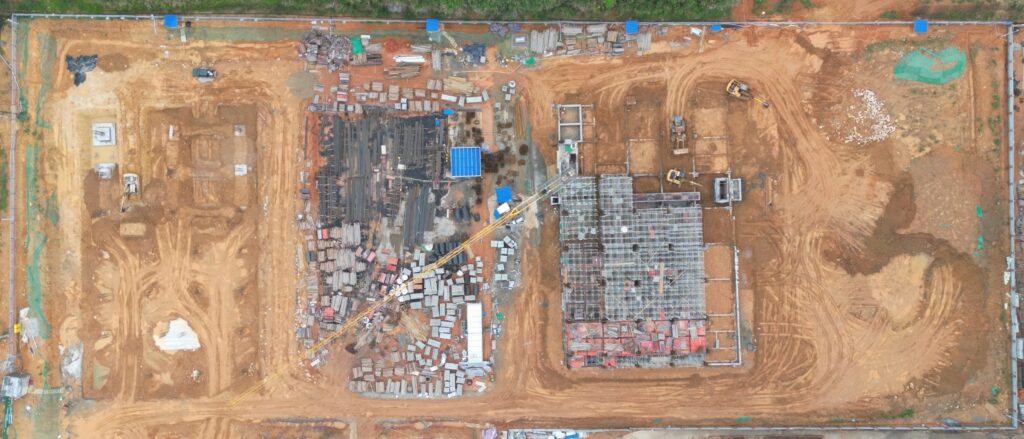
Technically we could be bottling whisky just 2 years after that, as the standards in China (Like many other countries) use 2 years as the minimum time to mature. We’ll be aiming for 3 years at least, using the same standards as Scotland does for Scotch.
That puts us on 2027 for the first bottlings to be available, although we will be offering casks to whisky clubs across the world before then.
Interesting Sources:
Website: https://www.nineriversdistillery.cn
LinkedIn: https://www.linkedin.com/company/9rd/
YouTube: https://www.youtube.com/@9RD
Daily Construction Update Short Videos Playlist – https://www.youtube.com/watch?v=Gi8EST8BK0Y&list=PLFAQijL-OaJHr6N8wYIJCuC6s_ZagCI4_
Contact Information:
If anyone is interested to learn more about Nine Rivers Distillery (and perhaps even get involved) then you can reach out to Jay with his email address jay.robertson<at>nineriversdistillery.cn
Personal Views: This is not a professional blog nor an income generator for the blogger. The author is solely responsible for the content, and it is the sole expression of its author- a blogger who writes as a hobby.
